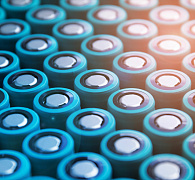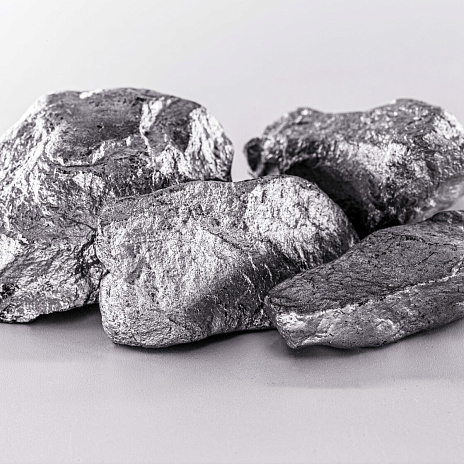.jpg)
Now that the second round of joint gas purchases on the EU Energy Platform has come to an end, the bloc wants to make this mechanism a permanent feature.[1] So it’s about time we explore how well it works.
AggregateEU was launched by the European Commission on 25 April 2023 as a demand aggregation and joint purchasing mechanism to maintain the required gas storage levels and negotiate better prices. The platform compares the bloc’s collective demand with global supply and then puts it out to tender so that suppliers can present their offers. The first tender of joint gas purchases on 16 May this year[2] attracted bids totaling more than 13.4 bcm of gas, well above the 11.6 bcm of joint demand that EU companies submitted, with 10.9 bcm of sales offers being matched, while the second tender[3] attracted 15.19 bcm to respond to the aggregate demand of 15.92 bcm, with the total matched volume being 12.0 bcm. In other words, the unmatched demand was 0.7 bcm in the first round and 3.9 bcm in the second round. With deliveries scheduled between August 2023 and March 2025, AggregateEU has apparently managed to cover only 0.6 bcm of monthly needs instead of the 0.8 bcm originally planned.
Europe must reach the 90% gas storage target by 1 November 2023. At 83% (see Fig. 1), the current level seems to be quite comfortable, especially considering that consumption during the summer season is normally lower, while underground storage facilities this month have been 29 p.p. fuller than a year earlier, which might be down to the EU’s commitment last year to cut back demand by 15% starting in August 2022.[4]
-(1)-(1).jpg)
European gas storage withdrawals are expected to begin in November and last through March at a brisk pace, usually above that of injections (see Fig. 2), which could send spot prices higher (see Fig. 3) and thus affect end consumers.
-(2).jpg)
-(1)-(1).jpg)
Though, as an emergency tool, the EU Energy Platform hasn’t been at its best, it may still become a permanent instrument. Moreover, the European Commission is contemplating hydrogen purchases using the AggregateEU mechanism.[5] Will it be able to handle excess demand in November and ensure the best prices for consumers? We’ll soon find out.

 (1).jpg)
.jpg)

 (1) (3).jpg)
 (1) (1).png)
-(1) (1).jpg)
-(1) (1).jpg)
-(1) (1).jpg)
 (1).jpg)
 (1).jpg)